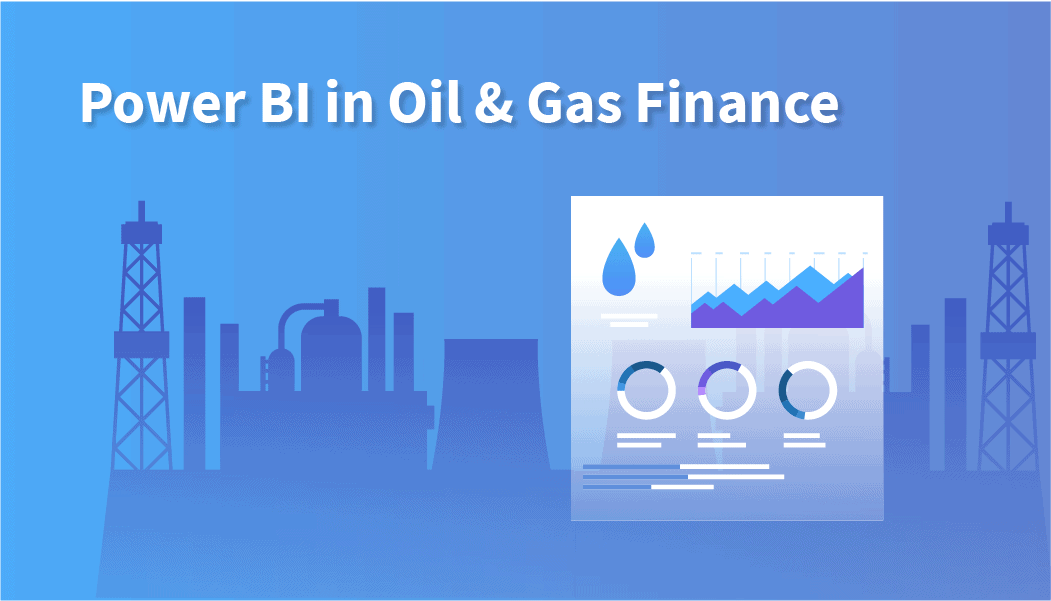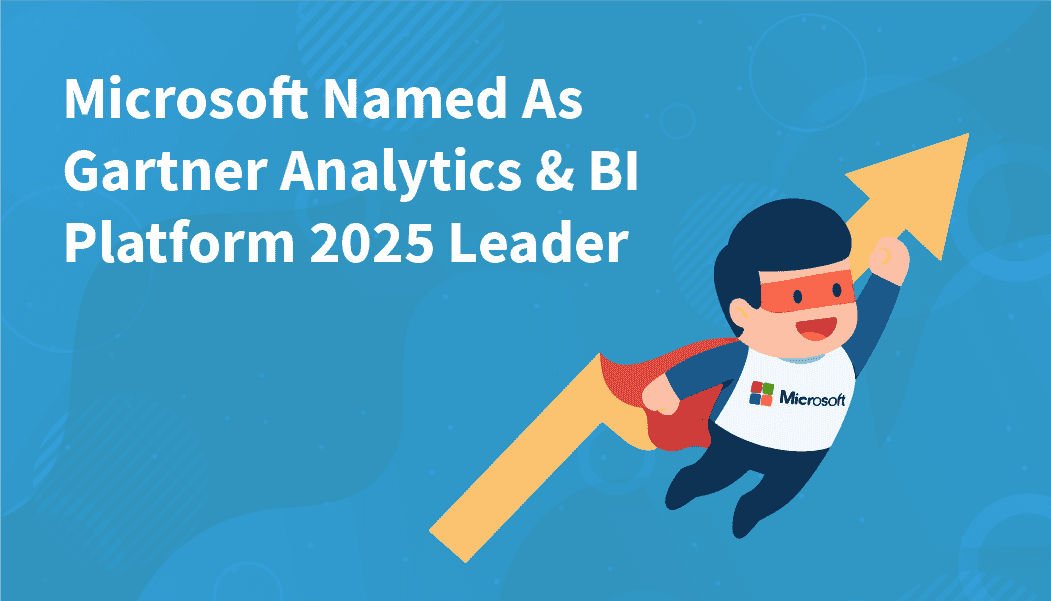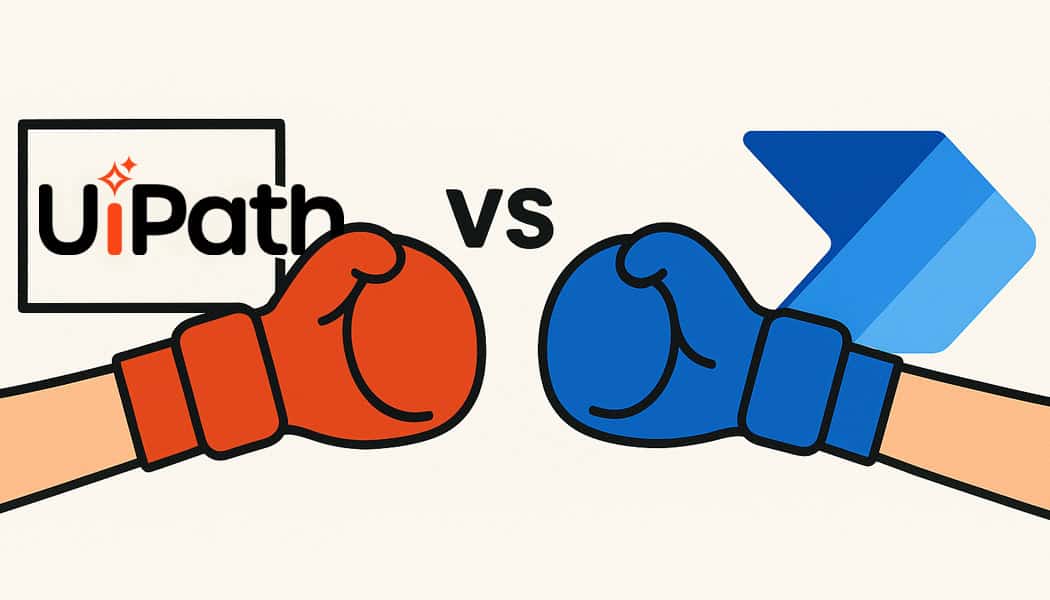The Hidden Costs of an ERP Software Implementation
Implementing ERP (enterprise resource planning) software creates a fundamental shift in the way a company operates after the implementation. It is often a daunting initiative for most companies and is often one of the largest technology projects they will ever undertake.
When done right, ERP software packages promise great benefits. When not done right, it can seriously harm the company, its operations, financials and leave a mess. Several executives and their careers often get a significant bump or get bruised depending on the success or failure of an ERP project.

What about the costs of an ERP implementation?
Most ERP implementations cost more than the budgeted amount and the reasons are many. To successfully execute these projects in a way all stakeholders feel good about and meet all the objectives, the leadership must have certain qualities that are hugely important – strategic vision, process and best practice oriented operations, technology aware, and have prior experience with similar large projects.
Companies should establish realistic ERP project budgets based on careful detailed planning, taking into account all the factors that impact the pre-, during and post-implementation scenarios.
Here we examine the areas that ERP project sponsors must account for in their budgets and identify hidden costs that most inexperienced implementers often overlook.
Strategic executives buy ERP software to implement a structured and process oriented organization that is based on industry best practices to position the company to scale up for organic and inorganic growth. ERP also eliminates information silos and eliminates proliferation and duplication of systems – thereby improving effectiveness and efficiency while reducing long-term costs as the company scales up.
Major cost categories in an ERP implementation:
Software licensing
The first major check companies will write is for software purchase from the vendor.
Anyone who thinks that software licensing cost is the biggest component of an ERP solution will be in for a rude awakening. It is often the third or fourth highest cost of an ERP project.
Vendors usually price their software licenses based on 2 major factors:
- ERP modules customer needs to run their business processes
- Number of users using the software

ERP Software licensing cost may range anywhere from 100K to millions depending on your company size and the factors listed above. Vendors often provide deep discounting to SMBs. (If you are an SMB, I encourage you to learn how to negotiate on software deals and get yourself a great deal. Contact me if you want to learn some of the techniques.)
With the advent of cloud, most ERP vendors are rushing to provide cloud hosted options with fixed monthly fees. I think this is a great option for SMB companies to avoid the headaches associated with hardware, software, installations, upgrades and daily management by letting the cloud application provider handle these. It provides agility and peace of mind.
Unfortunately, software cost may not end with purchasing the core ERP software. Most companies may need additional 3rd party bolt-on applications to enable complete business processes. Examples of such software include Tax software (ex. Avalara), Specialty forms printing software (ex. CreateForm, FormScape etc), CRM, Integration software, etc.
If you need such 3rd party software, budget additional software licensing cost to avoid surprises later.
Tip for the CIO/CFO: Negotiate with the vendor for the software purchase at the end of the vendor’s fiscal quarter. The closer you are to a quarter, the higher the likelihood of getting a great deal from the vendor and saving precious money. Sales people are incentivized to make deals to achieve quarterly targets. Call me if you want to know how to negotiate for a great deal.
Hardware and storage
Hardware should typically cost less than software licensing.
Typically, you will purchase new hardware to run all the software components. You will need servers and storage. Hardware may account for only 5-8% of your total ERP cost, so don’t try to run your new ERP on some old hardware. Spend the money on good hardware and storage. When your IT tells you that they need to purchase high availability hardware, say “good”. You need to design high availability for your ERP and this does comes at a cost.
Hidden costs: Ask your IT to make sure the development, test and production environments are on different servers. Combining them on to one set of servers to save money is a bad idea. You will end up paying for it later with down time, inflexibility, upgrade issues, testing issues and performance issues. So hardware architecture and budget should account for the Dev, Test and Production environments at a minimum. Some larger organizations will have additional training environments.
Implementation-related Costs (mostly people and travel)
The move to ERP is a project of breathtaking scope and the price tags on the front-end are enough to make the most stoic manager a little twitchy. In addition to budgeting for software costs, companies should plan for consulting, process re-work, integration testing and a host of other expenses before the benefits of ERP start to appear.
I have managed several systems implementations for large and mid-sized companies over the past 25 years. Several of them were ERP implementations while others were other enterprise software. One thing that is consistent in all these implementations is that the software implementation costs outweigh all other costs, the exception being systems that involve significant hardware changes like retail POS systems.
It is fair to assume that typical ERP implementation costs will run anywhere from 3 to 5 times the software licensing costs. Of course, if you negotiated the software costs very well and only paid a fraction of the normal cost, that does not change the implementation cost and this factor may be much higher (6 to 10 times or more).
A majority of the implementation expenditures will be people cost. This includes external consultants (who you most likely will need to help you implement the software), and your internal team payroll costs.
The primary cost drivers/categories of your implementation will be:
- Personnel skills and experience (or lack thereof)
- Complexity of your business processes
- RICE
- Reports needed in the new software to run your business
- Integrations with other internal and external systems
- Customizations needed to the base software to enable your business processes
- Enhancements that must be added to enable your business processes
- Data conversion
- Change management & Training
As you can see, all of these categories are related to the scope of your implementation.
Cost overruns (hidden costs) typically occur due to variety of reasons. I have so many reasons for cost overruns that could have been avoided if only clients as well as consultants followed best practices and sound project management techniques.
Keep Reading: CEO Corner: Legacy IT Systems Are Hurting Your Business
There’s more to explore at Smartbridge.com!
Sign up to be notified when we publish articles, news, videos and more!
Other ways to
follow us:






